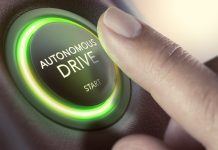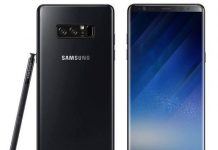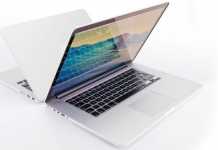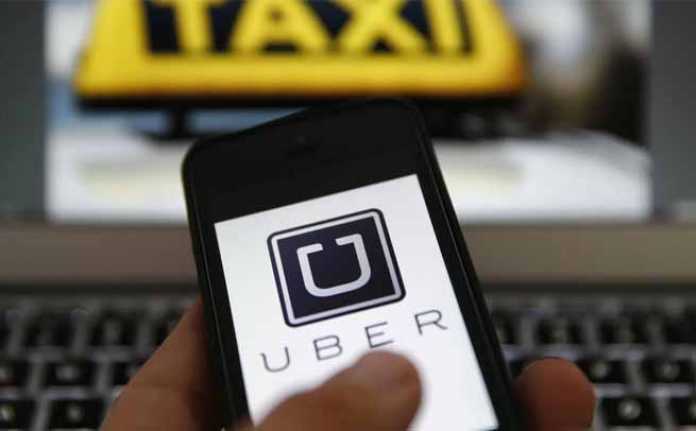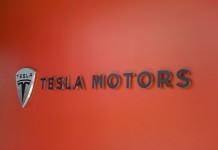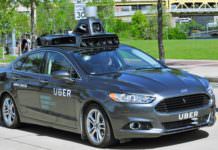The newly patented features will include signaling sounds, vibrating seats, and strip lights to warn passengers that the vehicle intends on changing direction.
Uber plans to combat car sickness in autonomous vehicles with blasts of air conditioning. The company revealed its latest plans this week and said that it will also make use of moving seats accompanied by blasts of air conditioning that it hopes will stop passengers from throwing up in the back of its robotic vehicles.
One of the major pitfalls of autonomous car technology is that it could cause severe motion sickness because passengers often fail to anticipate the movements of the self-driving technology. And, if the ride-sharing app hopes to make the driverless technology more mainstream then it needs to install a system which will ensure that passengers do not turn green while in transit.
This is especially considering the popularity of Uber late at night and on weekends. A patent published earlier this month contains details of the ride-sharing app’s backseat sickness cure. Some of the features in the patent include vibrating seats, blasts of air conditioning and special jingles as well as light systems which will hopefully prepare passengers for sudden movements.
In addition, motors situated underneath the seats will flip it back to absorb the shock of braking. This will also allow the seats to roll, depending on the direction that the car is turning. The blasts of air conditioning will replicate the sensation of movement. The Silicon Valley giant has anticipated that once the burden of driving is taken away from passengers, they will look for other distractions including catching up on emails, which increases the risk of a dodgy stomach for passengers.
And, coupled with the robotic manner of autonomous driving systems, even further increases the risks of car sickness. Uber’s system also involves alerting passengers that the car will be braking or be taking a turn. This will happen one or two seconds before the actual event to prepare passengers.
The technology includes strip lights which flash, signaling a change in turning direction such as a lane change and seats which vibrate in different places. In the patent, it states that the seat response system may include haptic seat technology that can provide vibrational or other tactile feedback to passengers through the seats.
As an example, haptic seats could provide vibrational pulses to the whole seat, or selected portions of the seat based on the maneuver the car intends on making. In the document, filed to the US trademark office, it also states that detailed jingles and sounds for specific car movements could also be included.
Uber has already begun testing it driverless systems using Volvos XC90s in San Francisco, Pittsburgh, and Arizona. And, on Monday the app-based driver service signed a deal with Volvo to buy a fleet of 24,000 autonomous cars.





